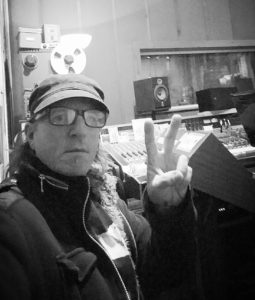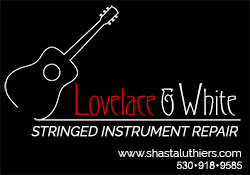
You may love album productions from the 1960s and ’70s, but emulating the sound and vibe of those seminal tracks on a DAW can sometimes seem tougher than getting the Davies Brothers to stopping beating the living crap out of each other during a Kinks session, circa 1974. You don’t have the big studios, the vintage microphones, or the brilliant recording engineers. What you do have are tons of digital models, plug-ins, and processors that can simulate classic sounds.
You just need a “vintage brain” to make it all work. Here are some tips for taking digital technology on a trip back in time…
Hands off the EQ
Classic-era studio engineers often used mic placement to craft tones—not board EQ. Even in an environment of modeled sounds, you can do the same. Just commit to deleting EQ from your tone-sculpting process. Instead, get your sound by tweaking amp gain, mating different speaker cabinets to your virtual amp head, auditioning different mics, and playing with mic positioning (if your software allows it). Resist the temptation to barrage your tone with EQ tweaks, and your guitar tracks will likely sound more natural and organic.
Delete Cut-and-Paste
Super-quick digital editing was but a dream in the ’60s and ’70s, so artists often tracked continuous takes, which really upped the energy level of the performances—even if a few minor clams snuck in. Don’t be so fast to comp performances. Try to capture “all-in-one” takes, and revel in the excitement factor—which is what great performances are all about anyway. And, let’s face it, if you listen critically enough on great headphones, you will find small imperfections (or even outright mistakes) in the songs you’ve loved forever. But who cares? The original artists didn’t, and neither should you. Back then, it was all about capturing a vibe and a feeling—not documenting technical perfection at the expense of excitement.
Don’t Get Wet
Classic tracks often used the natural ambience of the studio itself to achieve dimension, and, as a result, you might perceive the audio landscapes of those tracks to be somewhat dry. Good. Don’t destroy a great performance by drenching it in gobs of digital reverbs with long decay times, or cascading delays with infinite feedback. Be brave. Be subtle. Be a hero.
Forget the Solo Button
As bands typically recorded with the musicians all together in the same room, signal bleed was a significant element of the overall sound. If you didn’t track that way, it’s hard to simulate bleed, but don’t add to the problem by soloing individual tracks and tweaking them separately during the mix. Put up the entire rhythm section and adjust tones without soloing. Always use the “group sound” approach to emulate an organic, unified, and amalgamated sonic foundation. And here’s another tip: Maybe you should record with everyone in the same space—just like a live show in a club. What you may lose in pristine sonic separation, you may gain in big fat sounds absolutely buzzing with energy.
Limit Your Options
I have done so many interviews with artists who recorded in the classic era—as well as poured over books by ’60s, ’70s, and ’80s musicians, producers, and engineers—and many of them remark at how little they had to work with. The temptation with recording software is that it is so not limited. There are trillions of options at the click of a mouse. Don’t get lost in all of those choices. Pretend you’re a poor guitarist with your first record deal going into a pro studio for the very first time. You have one guitar and one amp available to make a brilliant record. Challenge yourself to get as many colors as possible out of your guitar’s volume and tone knobs and the Spartan controls on your one amp. Now you’re thinking like it’s 1969!



Kudos! Great advice all around. Of course, I’ll have to add a bit more reverb. After all EMI’s Studio B was a big giant room. (Nudge-nudge-wink-wink)